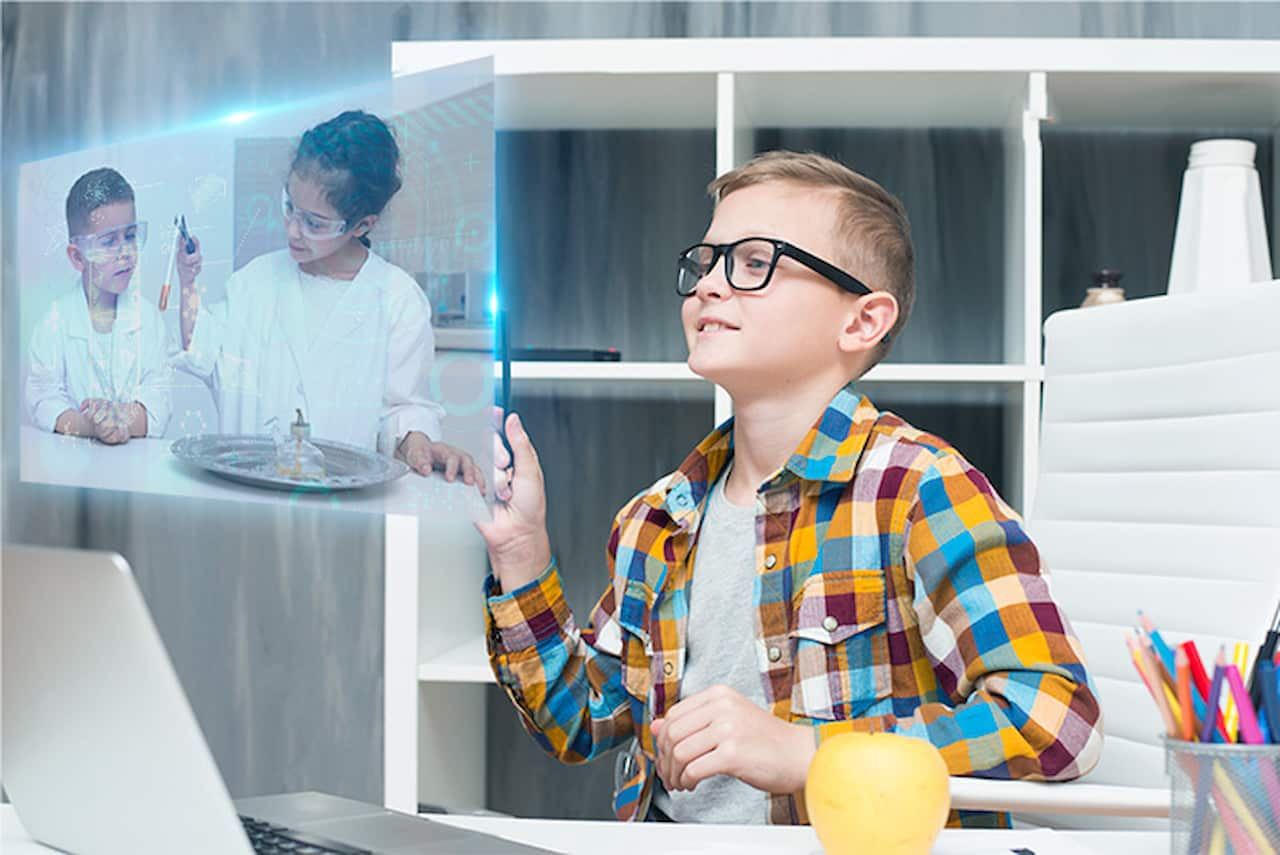In the dynamic intersection of technology and education, a profound transformation is underway, shaping the very essence of learning. The synergy between tech and education is not a fleeting trend but a fundamental revolution, revolutionising traditional approaches and paving the way for a future where learning is accessible, personalised, and engaging. As we navigate this evolving landscape, the impact of technology on education is undeniable, breaking down barriers, fostering inclusivity, and creating a holistic learning experience. Welcome to a new era where Tech and Education collaboratively sculpt the future of learning, promising innovation and empowerment.
1. Accessibility and Inclusivity:
- One of the most significant contributions of technology to education is the enhanced accessibility it provides. The internet has evolved into an extensive reservoir, Unlocking knowledge by dismantling geographical barriers and facilitating access to education accessible to individuals regardless of location. Online courses, tutorials, and educational resources have democratised learning, offering opportunities to those who might not have had access otherwise.
- Furthermore, technology has been instrumental in making education more inclusive. Learning management systems and adaptive technologies cater to diverse learning styles, ensuring that education is tailored to individual needs. This inclusivity fosters a learning environment where everyone can thrive regardless of background or abilities.
2. Personalised Learning:
- The traditional one-size-fits-all approach to education is evolving into a more personalised model thanks to technology. Learning platforms now use algorithms and artificial intelligence to analyse individual learning patterns, preferences, and progress. This data-driven approach creates customised learning experiences, enabling students to Learn at a self-determined pace and concentrate on specific areas requiring additional support.
- Adaptive learning technologies ensure each student receives a unique learning path, addressing their strengths and weaknesses. This enhances the learning experience and maximises the retention of information, ultimately leading to better academic outcomes.
3. Interactive and Engaging Learning Environments:
- Gone are the days of monotonous lectures and static textbooks. Technology has brought about a period of interactive and engaging learning environments. Virtual reality (VR), augmented reality (AR), and gamification have transformed the educational landscape, making lessons more captivating and immersive.
- Through interactive simulations and virtual field trips, students can explore concepts hands-only. Gamified learning platforms incorporate play elements into education, making learning enjoyable and stimulating. Such approaches capture students’ interest and foster a deeper understanding of the subject.
4. Collaborative Learning:
- Technology promotes collaborative learning on a global scale by breaking the barriers of conventional classrooms. Collaborative tools, video conferencing, and online forums enable students to engage with peers and educators globally. This broadens their perspectives and prepares them for a globalised workforce.
- Collaborative learning platforms encourage teamwork, communication, and the exchange of ideas. Students learn from their instructors and each other, creating a dynamic and enriching educational experience.
Conclusion:
As we traverse the continually changing terrain of education, it is evident that integrating technology is not just a convenience but a necessity. The symbiotic relationship between tech and education is shaping the future of learning, making it more accessible, personalised, interactive, and collaborative. Embracing these technological advancements is not about abandoning traditional methods but enhancing them, creating a holistic and practical educational experience for learners of all ages. The future of learning is here and intertwined with technology. As we continue to harness the power of tech in education, we must ensure that these advancements are accessible to all, fostering an inclusive and empowered global community of learners.

